Visit Mauranipur To Explore The Glorious Heritage Of India
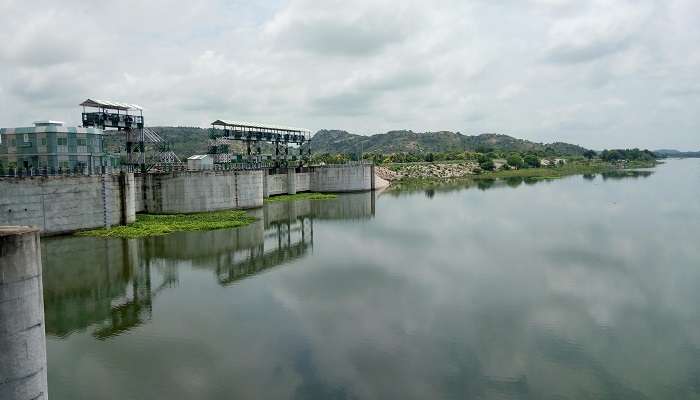
Mauranipur is a quaint village in the district of Jhansi state in Uttar Pradesh. It is situated in the heart of Jhansi. It is renowned as the largest tehsil in India in terms of land area. Mauranipur is about 60.5 km from the city of Jhansi and around 252 km from the city of Lucknow. This village is well-known for its textile production. Earlier, Maurinapur was named as Madhupuri. Since the town features many temples, the locals also fondly call it ‘Mini Ayodhya’. It is popular for the Jalvihar Mela and Viman Yatra, and tourists visit the town often.
Mauranipur History
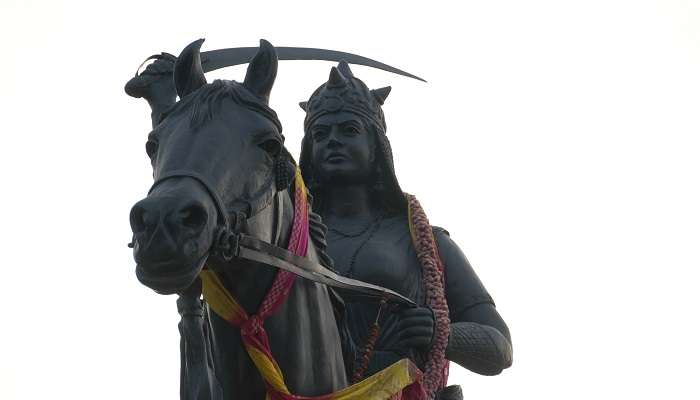
It is believed that about thousands of years ago, Mauranipur was ruled by the kingdom of Bhoja. In the 12th century, the town was under the ruler of Chandela Madanavarman. Most of the development in Maurinapur was done by the Bundela kings, after which Rani Laxmi Bai took over. On August 10th, 1857, the queen of Tehree captured Mauranipur. Laxmi Bai had a difficult time at the start of another battle with Tehree’s army in October, and she was victorious. During the Revolt of 1858 against the British forces, Rani Laxmi Bai savagely defeated the British forces at Mauranipur and rose to be the most powerful royal during the rebellion. Her army was again strengthened after the rulers of Banpur and Shahgarh formed ties with her. She fought courageously against the British forces under the leadership of Sir Hugh Rose.
In December 1951, Govind Ballabh Pant gave a speech about the harsh Zamindari Abolition Acts and the onset of the five-year plan. Mauranipur has always been a quite famous town for its manufacture of a peculiar red cloth, ‘kharud’, that is dyed from the kharud root.
Must Read: Places To Visit In Jhansi
Mauranipur Activities
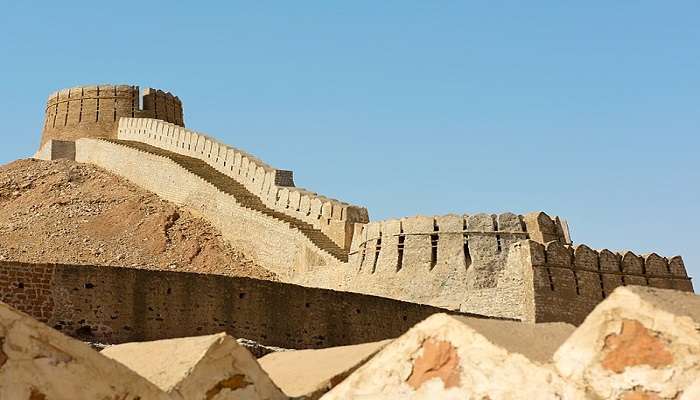
Jhansi is renowned for its Faag and folk songs, and their melodious music can be heard throughout Bundelkhand during spring when the crops are ready to be harvested. The twentieth-century folk poet Isuri, who was born in Mauranipur and composed more than a thousand flags, further enhanced Faag as an art form. Tourists can enjoy some local, traditional songs at Maurinapur.
The locals celebrate A yearly festival with a procession that goes all through the divine towns of the lords themselves, Ram and Krishna, where people carry the deity’s palkhi on their shoulders. The cart is first taken to the Sukhnai River for a bathing ceremony of the deities. During this, a fair is organised, ‘Jal Vihar’, in which many devotional bhajans and programs are celebrated for at least a month. These traditions and celebrations used to happen even 100 years ago. Tourists can take part in the processions and celebrate with the locals.
Places To Visit Near Mauranipur
Mauranipur is filled with historical importance and reflects the glorious heritage of India.
Here is the list of Places to visit near Mauranipur:
1. Jhansi Fort
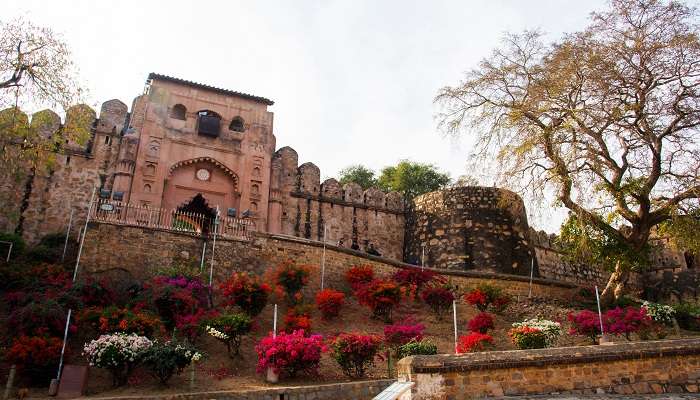
Jhansi Fort, also known as Jhansi ka Qila is located on a colossal hilltop called Bangira, in the state of Uttar Pradesh. It served as a strong factor for the Chandela Kings of Balwant Nagar (Jhansi) from the 11th to 17th century. The construction of the Jhansi fort was done by the Bundela chief and the ruler of Orchha, Veer Singh Deo Bundela in the year 1613.
Each year, during the months of January and February, a grand event, Jhansi Mahotsav is held where many renowned personalities and artists come there to perform and attend the event. The fort is a living testimony of the ancient history and courage. It also features a great collection of artefacts and sculptures, which provide excellent insight into Bundelkhand’s interesting history.
Location: Jhokan Bagh, Jhansi
Entry Fee: For Indians, Rs. 20 per person and for Foreign visitors , Rs.250 per person
Suggested Read: Places To Visit In Uttar Pradesh
2. White Tiger Herbal Garden Club

The White Tiger Herbal Garden is also popularly known as the Tiger’s Prowl. It is situated in the city of Jhansi in Uttar Pradesh. The garden club is named after the beautiful and rare white tiger of Bundelkhand. It is spread across an expanse of 15 hectares. The garden was earlier a barren land but the White Tiger Division later transformed it into a green, cultivable land.
The garden features around 20,000 species of medicinal plants and herbs and displays artwork made from recycled military scrapes. The garden also comprises water fountains that enrich the natural beauty and ambience of the garden. There is a path of 700 m built inside the garden with colourful roses alongside it. it is a hotspot for rejuvenation amongst the tourists and locals. People come here to meditate and practise yoga in the early morning, while children enjoy playing here in the evening. Several schools and college institutions visit the Herbal Garden regularly for a fun and educational field trip.
Location: CHMR+4F9, Cantt, Jhansi
Entry Fee: NA
3. Jahangir Mahal

The Jahangir Mahal was built in the 17th century by the ruler Vir Singh Deo who constructed it as a symbol of the warm welcome of the renowned Mughal Emperor Jahangir, during his first visit to the city of Jhansi. The palace entrance is decorated by a beautiful, traditional gateway for people to enter. The front wall faces east and is made with deep turquoise tiles.
Jahangir Mahal comprises three storeys and the hanging balconies, porches, and rooms complete the mahal’s royal look. The palace was constructed by Emperor Akbar in dedication to his Hindu wives. It is one of the oldest standing buildings of Akbar’s time. In his memoirs, Jahangir had mentioned that these buildings were built by his father Akbar but he never took credit it.
Location: Within the Agra Fort
Entry Fee: For Indian Citizens, Rs50 per person and for foreign visitors Rs. 650 per person
Suggested Read: Picnic Spots Near Agra
4. St Jude’s Shrine
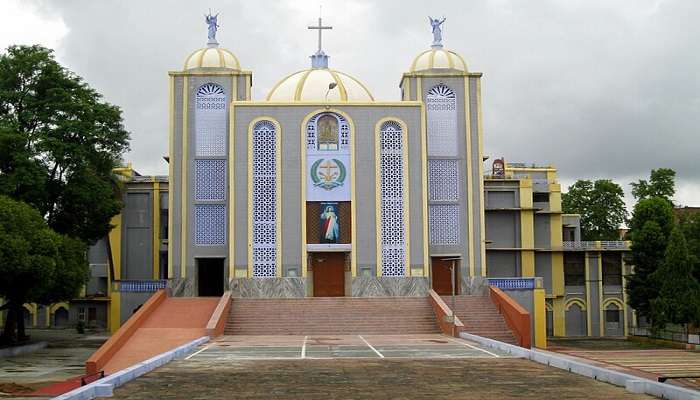
St. Jude’s Church is located in Civil Lines, Jhansi, which is a popular tourist destination for Catholic Christian tourists. The worship of St. Jude Thaddaeus was not a common practice in India, it was started by the late Bishop F. X. Fenech in Jhansi. It was not easy to start that, especially during the time of World War II, but Bishop Fenech was a man with great faith in his beliefs and he promised St. Jude that as a result of his help, he would build a church in Jhansi in dedication to him.
The late Bishop Fenech was one of the first people who, together with his counterparts, started worshipping in this church. Catholic devotees flock here from far away and near to express their devotion to their beloved saint. A week-long, vibrant festival is also celebrated every year as St. Jude’s festival. This place is blooming with Christian and Hindu architecture, and tourists love to visit this spot.
Location: St. Jude’s Shrine, Post Box No. 6, Civil Lines
Entry Fee: NA
Mauranipur Travel Routes
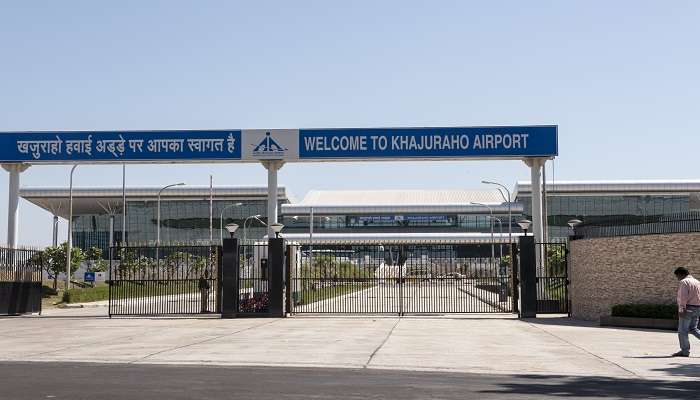
There are various way to reach the Mauranipur. Here are some options one can opt for:
By Air: The nearest airport to Mauranipur, Jhansi, is Rajamata Vijaya Raje Scindia Airport, Gwalior, which is 120 km away.
By Train: Mauranipur in Jhansi is well-connected to the three major metro cities of Delhi, Mumbai, and Kolkata through railways. It is about 466 km from Delhi.
By Road: Mauranipur is 65 km from Jhansi and is accessible to other parts of the country through National Highway 76.
Further Read: Hill Stations Near Lucknow
Now that you have all the information about Maurinapur, the next step in your planning is booking your tickets! With no further avail, it is time to Plan a trip to Uttar Pradesh. Make haste and get ready for this amazing trip. Mauranipur of Uttar Pradesh has many significant cultural heritage and it is also home to many historical sites.
For our editorial codes of conduct and copyright disclaimer, please click here.
Cover Image Source: Shutterstock
Frequently Asked Questions About Mauranipur
What is the average temperature in Jhansi?<br />
The usual temperature in Jhansi goes around 26°C and it varies from season to season. It is 15°C during Winter and 35°C in Summer.
What is the best time for tourists to visit Mauranipur?
The best time to visit Mauranipur is pre-winters (October-November) and spring (February-March) when the climate is perfect for sightseeing.
What is Maurinapur known for?
Maurinapur is widely popular for its textile production all over the country.
What are some popular dishes to try in Jhansi?
Kachori and Chhena are the two dishes that every tourist must try during their visit to Jhansi.
What are some temples to visit near Mauranipur?
Gopal Ji Ka Mandir and Badi Mata Mandir are the two popular temples in Mauranipur in Jhansi.
People Also Read:
Things To Do In Varanasi Places To Visit In Uttar Pradesh Hill Stations Near Lucknow

With a passion for travelling, and carving beautiful stories of stunning locations I chose my profession as a content writer. The unique blend of creativity and strategy ensures that each narrative takes readers on a journey to their desired destination. With distinct locations and unique vibes, I strive to deliver captivating content that speaks to the hearts of readers.











